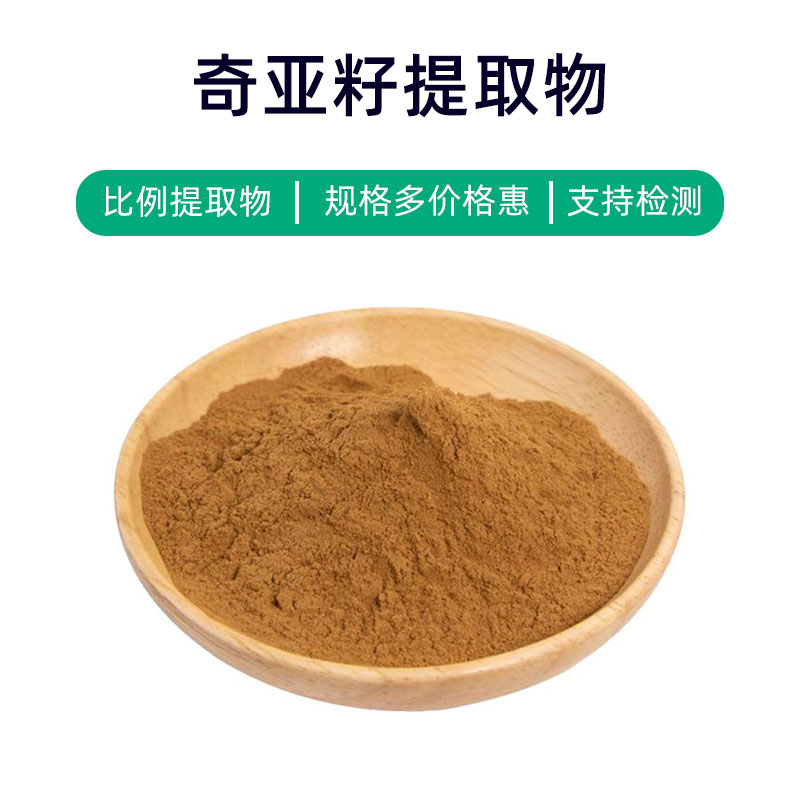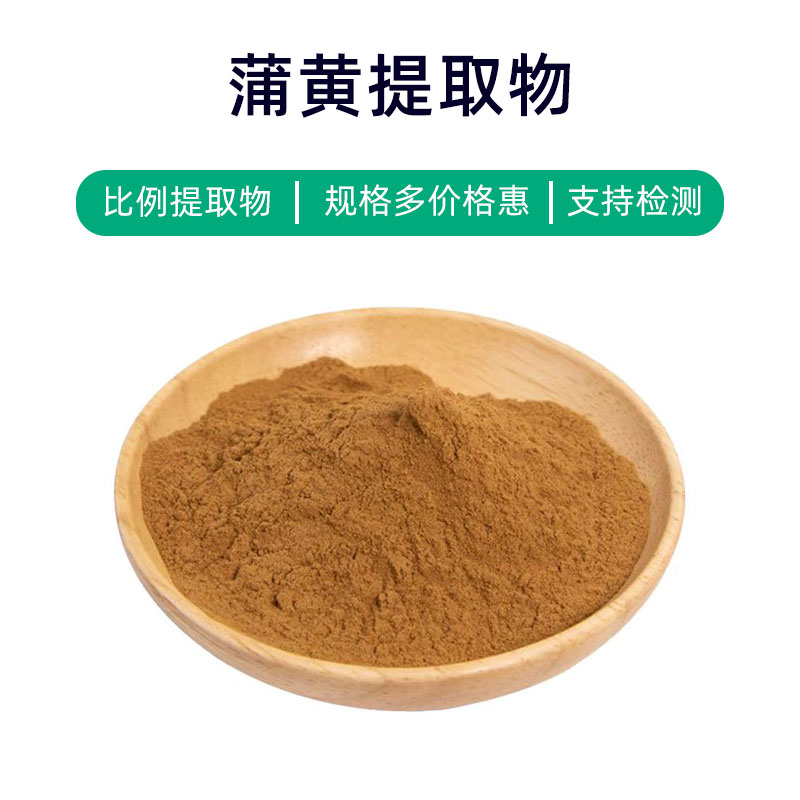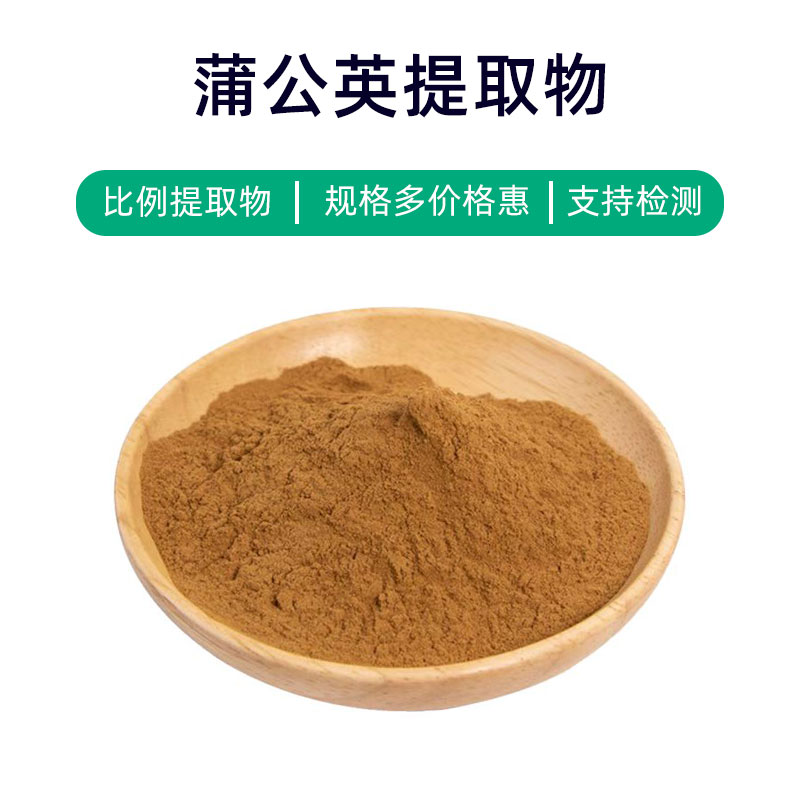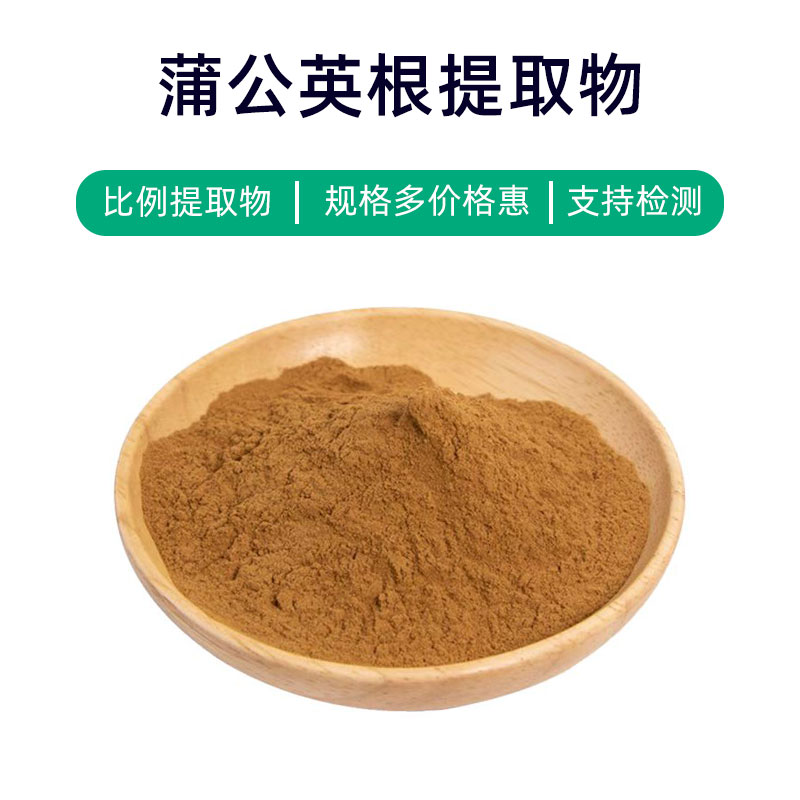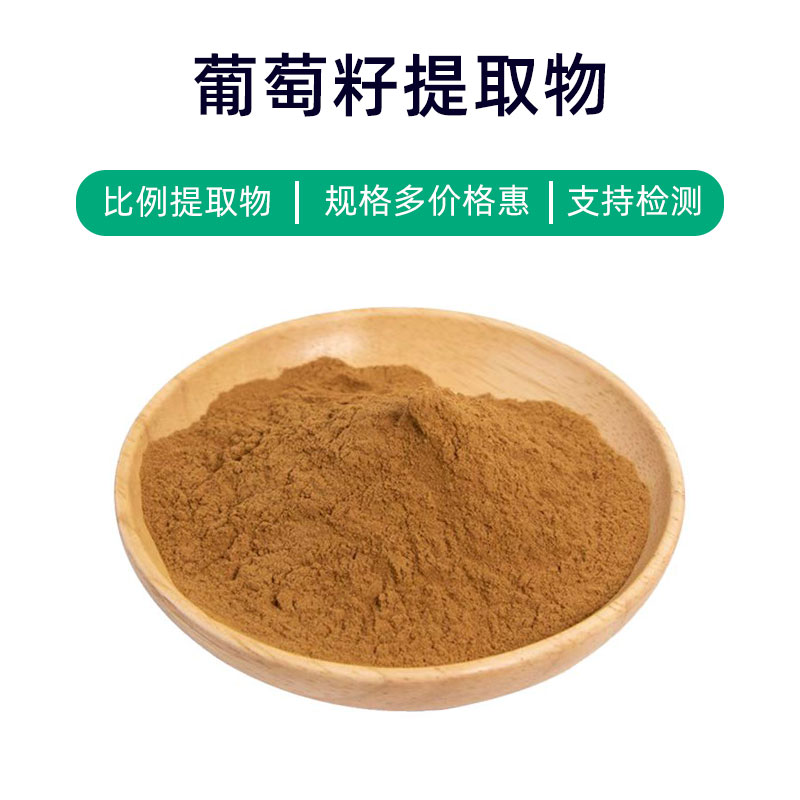Introduction to Siberian Ginseng Extract
Siberian Ginseng Extract is a natural plant extract obtained from the roots of Siberian Ginseng, primarily composed of saponins, polysaccharides, polyphenols, and other active components. These ingredients have a variety of health benefits and are widely applied in the fields of medicine, health products, and cosmetics.
The main component, saponins, is believed to enhance immunity, improve antioxidant capacity, reduce fatigue, and improve memory. Polysaccharides help regulate the immune system and boost the body’s resistance. Polyphenols, as natural antioxidants, can eliminate free radicals, slow down the aging process, and protect the skin from environmental damage.
In medicine, Siberian Ginseng Extract is often used in formulating immune modulators and anti-fatigue medications. In health products, it acts as a nutritional supplement to enhance physical strength, boost resistance, and improve sleep quality. In cosmetics, it is added to skincare products for anti-aging, antioxidant effects, and skin brightening.
Overall, Siberian Ginseng Extract, with its rich active ingredients and various benefits, has broad application prospects in medicine, health products, and cosmetics.
Production Process of Siberian Ginseng Extract
The production process of Siberian Ginseng Extract generally includes the following steps:
- Raw Material Preparation: Select fresh Siberian Ginseng roots as raw materials, wash, and process them to remove soil and impurities.
- Crushing and Grinding: Crush and grind the cleaned Siberian Ginseng roots to facilitate the extraction of active components.
- Extraction: Use suitable solvents (such as water or ethanol) for extracting from the crushed roots. Common extraction methods include soaking and ultrasonic extraction.
- Concentration: Concentrate the extract to remove excess solvent, obtaining a concentrated solution.
- Precipitation and Filtration: Adjust the pH of the extract or add appropriate precipitating agents to allow organic matter to settle, then filter to obtain a clear extract.
- Concentration and Drying: Further concentrate the clear extract, then either spray-dry or vacuum-concentrate to obtain a powder form of Siberian Ginseng Extract.
- Quality Testing: Conduct quality testing on the extract, including active ingredient content, microbial limits, heavy metals, etc., to ensure the product meets quality standards.
- Packaging and Storage: Package the extract that meets quality standards, typically in sealed packages, to avoid direct sunlight and damp environments, ensuring its stability and shelf life.
These steps represent a typical production process for Siberian Ginseng Extract, with strict controls at each stage to ensure quality and safety.
Efficacy and Side Effects of Siberian Ginseng Extract
Siberian Ginseng Extract is a natural herbal extract with multiple effects and benefits, primarily including:
- Enhancing Immunity: Rich in saponins and polysaccharides, it boosts immune system function and helps prevent colds and other illnesses.
- Anti-Fatigue: The extract has pronounced anti-fatigue effects, increasing resilience against stressors, enhancing stamina, and improving work and study efficiency.
- Neuroregulation: It can positively influence the nervous system, improving mood, memory, and attention while alleviating anxiety and depression, ultimately enhancing quality of life.
- Antioxidation: Rich in various antioxidants, such as flavonoids and vitamin C, it removes free radicals, slows aging, protects cell health, and prevents chronic diseases.
- Blood Sugar Regulation: Some studies indicate that it may have blood sugar-lowering effects, aiding in managing blood sugar levels for diabetes patients.
- Cardiovascular Protection: It can lower blood lipids, reduce blood pressure, and inhibit platelet aggregation, assisting in the prevention of cardiovascular diseases.
- Improved Sleep: The extract may help enhance sleep quality, alleviating insomnia and anxiety-related sleep disturbances.
Despite its many benefits, individual differences and dosage control should be considered during use. Long-term or excessive use may lead to mild side effects such as digestive discomfort, dizziness, or insomnia. Therefore, consultation with a doctor or professional before using Siberian Ginseng Extract is advised for reasonable personal use.
Application Scenarios and Dosage of Siberian Ginseng Extract
Siberian Ginseng Extract is widely used in the fields of medicine, food, and cosmetics. Here are its applications and dosage recommendations:
- In Medicine:
- Boosting Immunity: Typical dosage for oral intake is 200-500 mg per day, available in tablets, capsules, or oral liquids.
- Fatigue Relief: The oral dosage generally ranges from 200-500 mg per time, adjustable based on individual constitution and fatigue levels, taken once or twice daily.
- Alleviating Anxiety and Depression: Typical dosage is 200-400 mg daily, divided into two doses, with noticeable effects after several weeks.
- Blood Sugar Regulation: Recommended dosage is 200-500 mg daily, taken in two doses, and can be used in conjunction with other blood sugar-lowering medications, with close monitoring of blood sugar levels.
- In Food:
- Health Products: Siberian Ginseng Extract can be formulated into health supplements, commonly found in tablets, capsules, or liquids, with a typical dosage of 200-500 mg per day following product guidelines.
- Energy Drinks: It can be added to energy drinks, with a general dosage of 5-10 mg of the extract per bottle.
- In Cosmetics:
- Skincare: With antioxidant and anti-inflammatory properties, it can be included in skincare products like creams and serums. Dosage is in line with the primary active ingredients as per product instructions.
- Haircare: It provides nourishment to the scalp and can be used in shampoos and conditioners, with usage consistent with product guidelines.
When using Siberian Ginseng Extract, consider the following:
- For medicinal use, it's best to use under medical supervision, especially for disease treatment.
- When used in food and cosmetics, choose products from reputable brands and follow the dosage and usage instructions.
- Individuals who are pregnant, nursing, children, or those with chronic conditions should consult a physician before use.
Overview of the Plant Source, Distribution, and Growth Environment of Siberian Ginseng
Siberian Ginseng (scientific name: Eleutherococcus senticosus), also known as Siberian ginseng, is a perennial shrub belonging to the Araliaceae family, recognized for its significant medicinal value. Here is an overview of the plant source, distribution, and growth environment of Siberian Ginseng Extract:
- Plant Description:
Siberian Ginseng is a cold-hardy shrub typically found in colder climates, characterized by its branching, thorny structure, and upright small tree form. It usually grows to heights of 2-3 meters, with grayish-brown bark featuring longitudinal wrinkles, thorny branches, and compound green leaves made up of 5-7 leaflets. - Distribution:
Siberian Ginseng is mainly distributed in Northeast Asia, including the Russian Far East, Northeast China, and Mongolia. The climatic conditions in these growth regions are typically cold temperate. In China, Siberian Ginseng is widely found in mountainous areas of Northeast China, forest edges, and higher elevations. - Growth Environment:
Siberian Ginseng thrives in humid environments, commonly found in mountainous, forest edges, understory areas, and by streams. It has low soil requirements and can grow in loose, fertile soil as well as adapt to poorer soil conditions. It does not require much light and can grow normally in semi-shaded environments. - Growth Habits:
Siberian Ginseng is a resilient plant that withstands severe cold and drought conditions. It effectively endures winter and is less likely to freeze, quickly resuming growth in spring. It has a well-developed root system that allows it to absorb moisture and nutrients deep in the soil, providing it with some adaptability in arid regions.
In summary, Siberian Ginseng is a highly adaptable, cold- and drought-resistant shrub, primarily found in Northeast Asia under cold climatic conditions, thriving in humid environments and having low soil requirements, making it a valuable medicinal resource.
Processing and Storage of Siberian Ginseng Extract
The processing of Siberian Ginseng Extract typically involves the following steps: First, harvesting the roots and stems of Siberian Ginseng; then washing, chopping, and grinding as pre-processing; next, extracting the active components using suitable methods such as water or alcohol extraction; finally, concentrating, drying, and grinding in subsequent processing steps to obtain the final Siberian Ginseng Extract. When storing, it should be kept in a cool, dry, and well-ventilated place, avoiding direct sunlight and humidity, ensuring quality stability for long-term preservation.
Monica Sun is a seasoned expert in the plant extraction industry with over a decade of experience in research and production. She specializes in the extraction and purification of plant active ingredients, focusing on driving innovation in natural product applications. Monica has participated in the development of multiple functional plant extracts, delivering high-value natural raw material solutions for the health food, pharmaceutical, and dietary supplement sectors.









